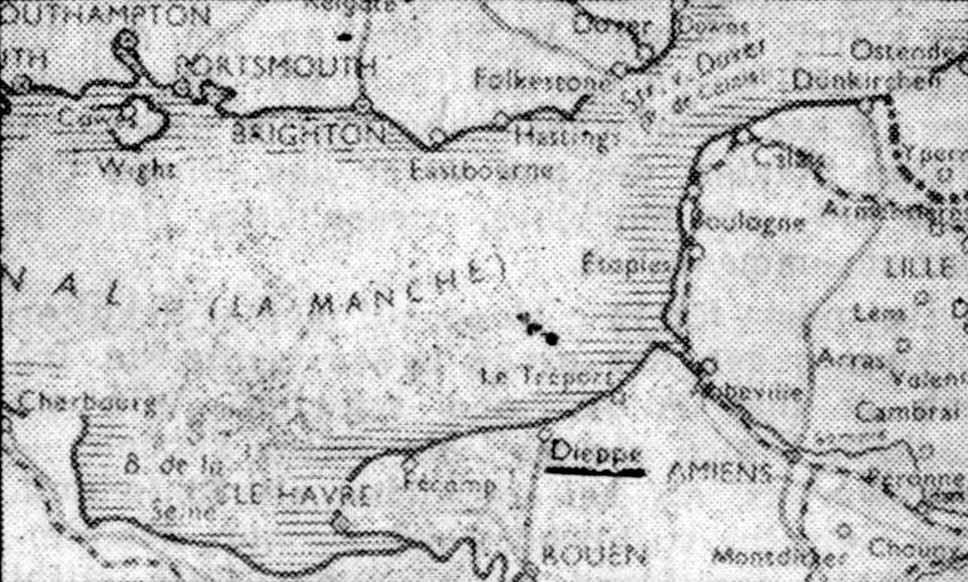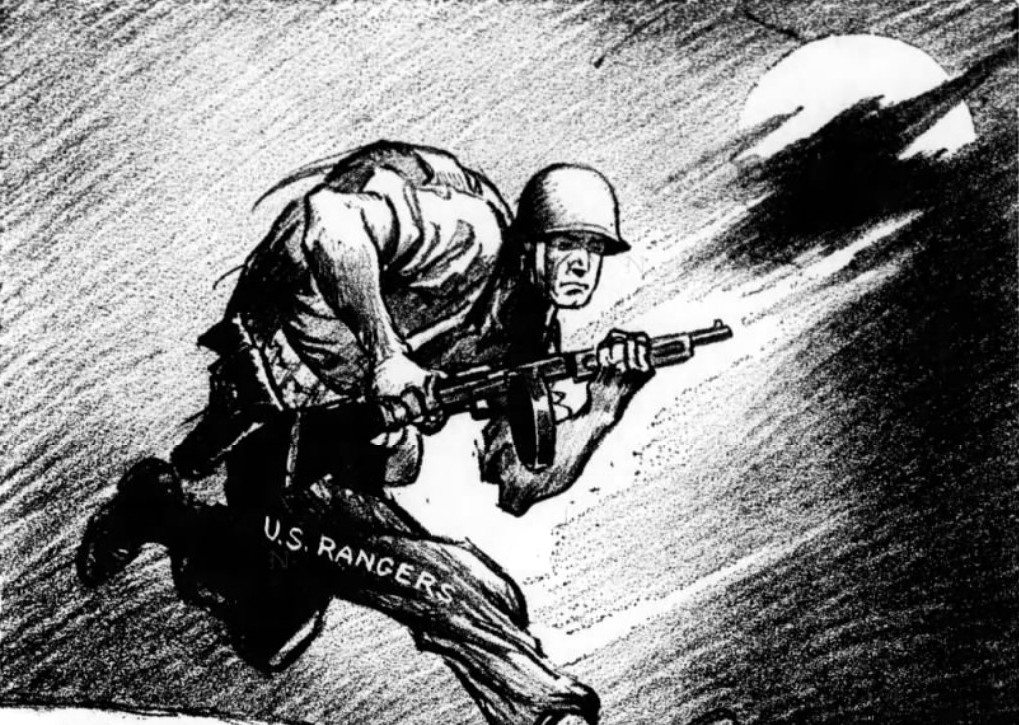A disgraceful war plant tie-up
Nonsensical work stoppages such as the one in the Wright Aeronautical Corporation’s plant at Paterson are worse than maddening. They breed cynicism in the public mind.
If a number of workers, engaged in forging the materials so vitally needed to save civilization from ruin, are willing to stop work over an untidy little matter like flirtation, what right have we to expect any more honesty, or sincerity in the big disputes between the government, management and labor. The rather revolting details are that young women who distribute milk to the Wright workers complained of the attentions paid to them by their male customers. These became so extreme, their services were withdrawn. So, the men stopped working.
A Marine dying on the beaches of the Solomon Islands would doubtlessly be interested to learn that the dispute was settled and the men are once more getting their milk, having promised to behave like gentlemen to the milkmaids.
The Gazette (August 20, 1942)
U.S. Rangers in Commando unit long seasoned for Dieppe raid
London, England (AP) – (Aug. 19)
The United States Rangers who joined Canadian, British and Fighting French units today in the Commando raid on France, had been training secretly for weeks under the tutelage of their seasoned British partners.
Their mentors are men who toss hand grenades across the dinner table and casually jump 20-foot cliffs and their American pupils have been taught to kill with the cunning of the Indian and the ruthlessness of a gangster.
I was the first American newspaperman to visit one of their camps when they were putting the finishing touches on training for such ventures as today’s raid on Dieppe.
They have climbed 4,000-foot mountains. They have been on speed marches of 36 miles in half a day time and again. They have practised beach landings while rifle and machine-gun fire bored holes through the paddles of the men manning the boats.
They have taken both their tactics and their name from Rogers’ Rangers, one of America’s most romantic fighting outfits who, under Robert Rogers, stalked North America in the French and Indian War.
Under Rogers’ daring leadership in the campaigns around Lake George in Upper New York State, those early-day Rangers became known for their courage and endurance – the traits for which their namesakes are now chosen.
Rogers led his men in the Montreal campaign of 1760.
Later, Rogers was sent to take possession of the northwestern posts, including what is now Detroit, and participated in the Battle of Bloody Ridge.
Just to show them what a modern Ranger is expected to do, their British instructors stalked a deer in the forest and when the stag was surrounded a big Scot leaped upon him and killed him with a knife.
A sentry’s throat can be slit in the same, silent way.
On my visit, I rowed with them in a collapsible canvas boat to a landing on a beach where tracer bullets from a British Bren gun were spewing so close to the gunwales you almost were able to reach out your hand to them.
Land mines and grenades splattered us with mud and water. Rifle bullets singed by so close that one punctured a mess kit slung from a Ranger’s belt. Another nicked the guard off a bayonet atop one soldier’s pack.
Wrestling (dark alley style) and ju jitsu were after-dinner pastimes at the camp I visited. A man out of condition was a candidate for the hospital if he joined the fun.
Often the boys ignored the stairway in the castle where they had their headquarters. They’d just grab a rope on the third floor and “absail down.”
“Absailing” is the simple device of looping a rope around your leg and letting yourself drop as fast as your leg can withstand it.



